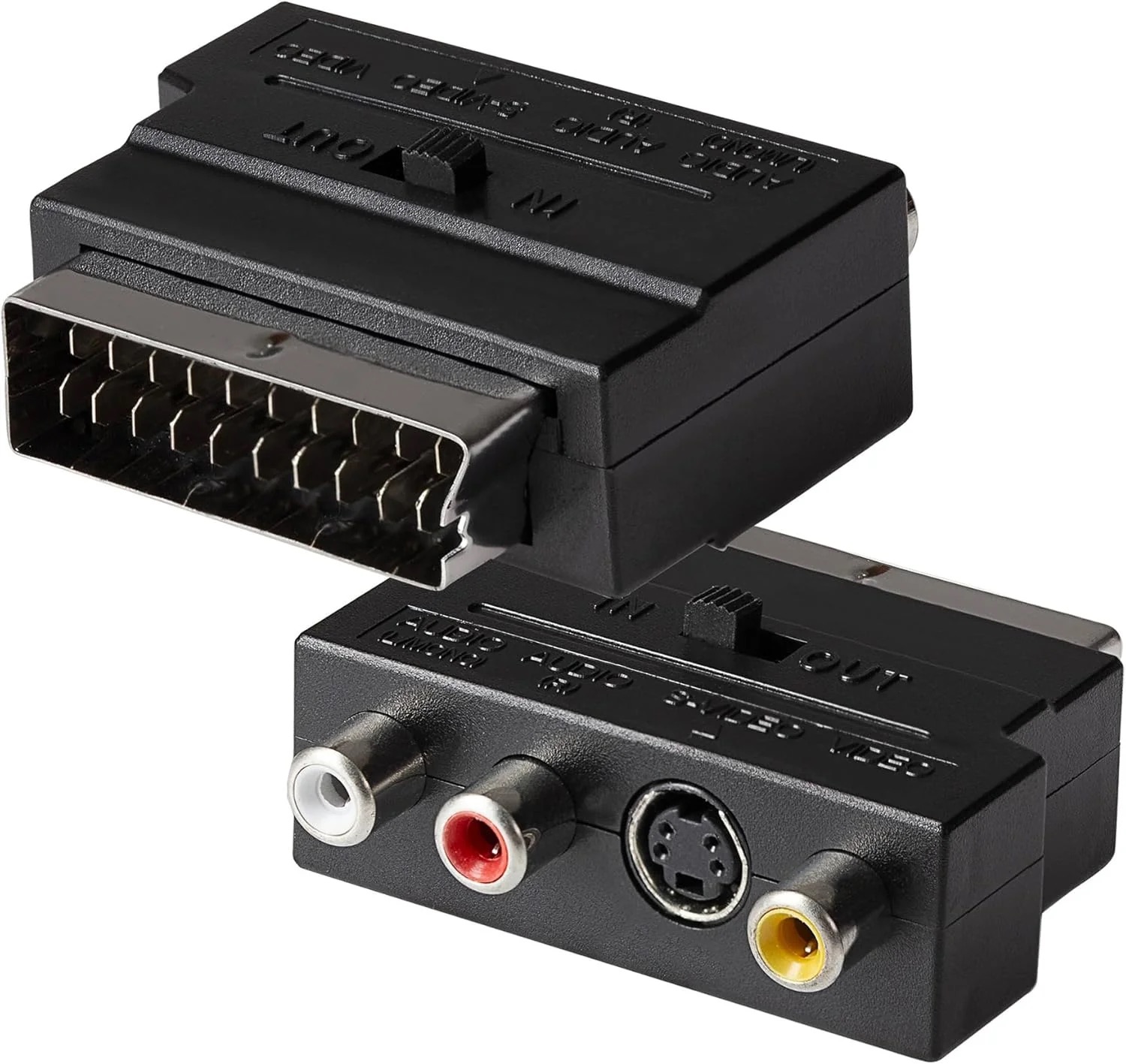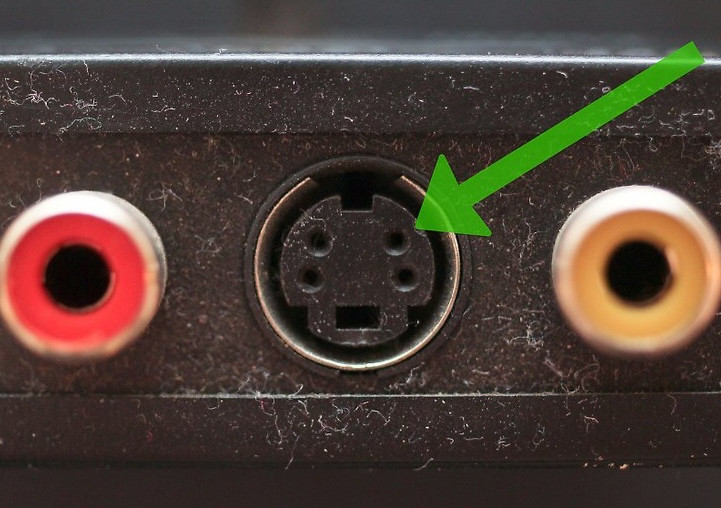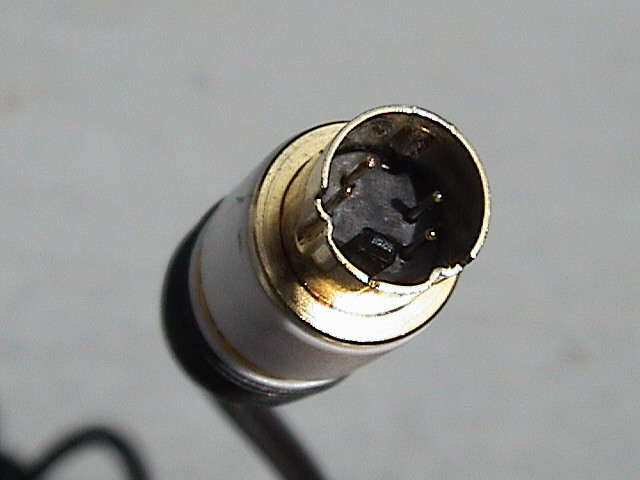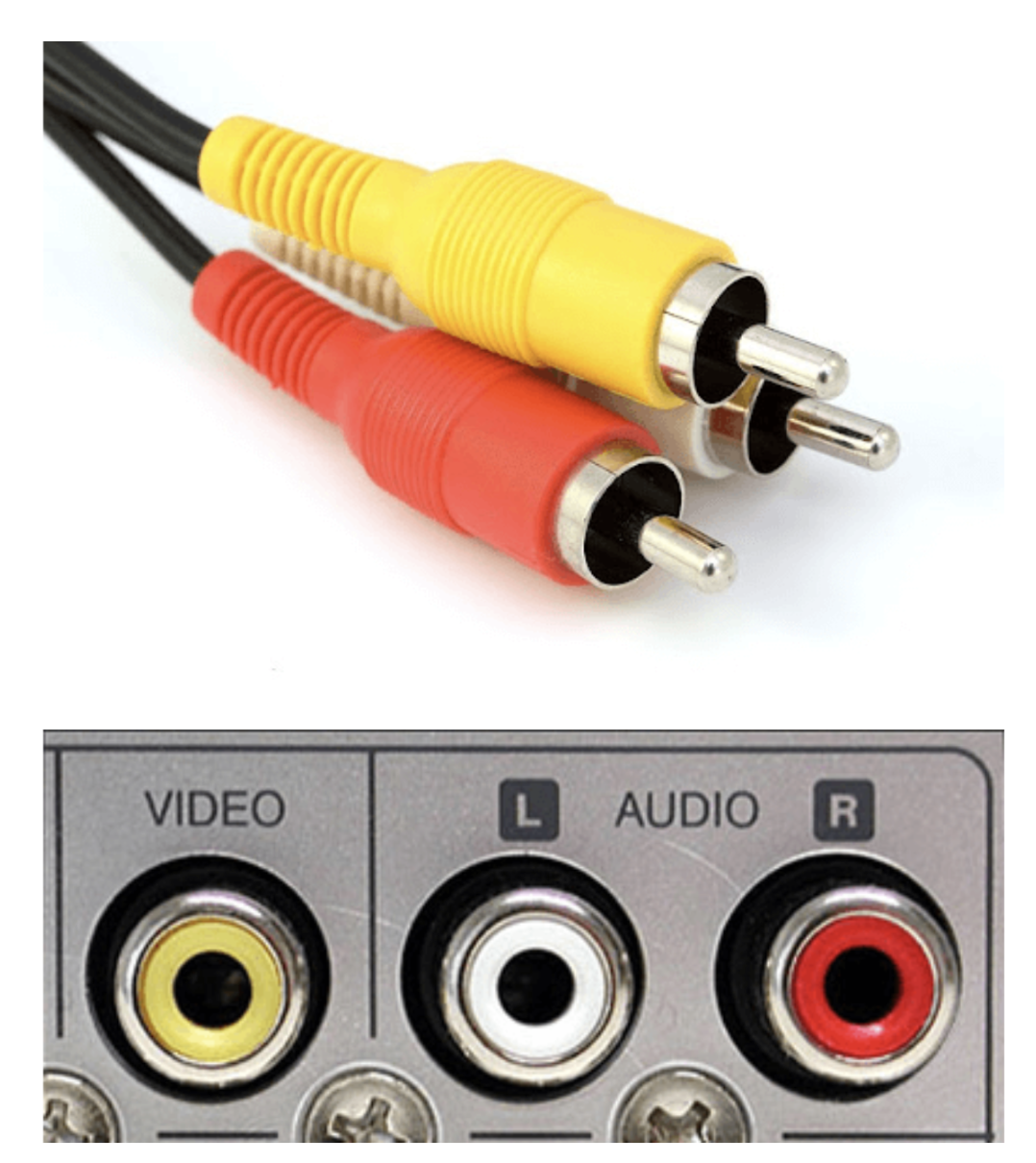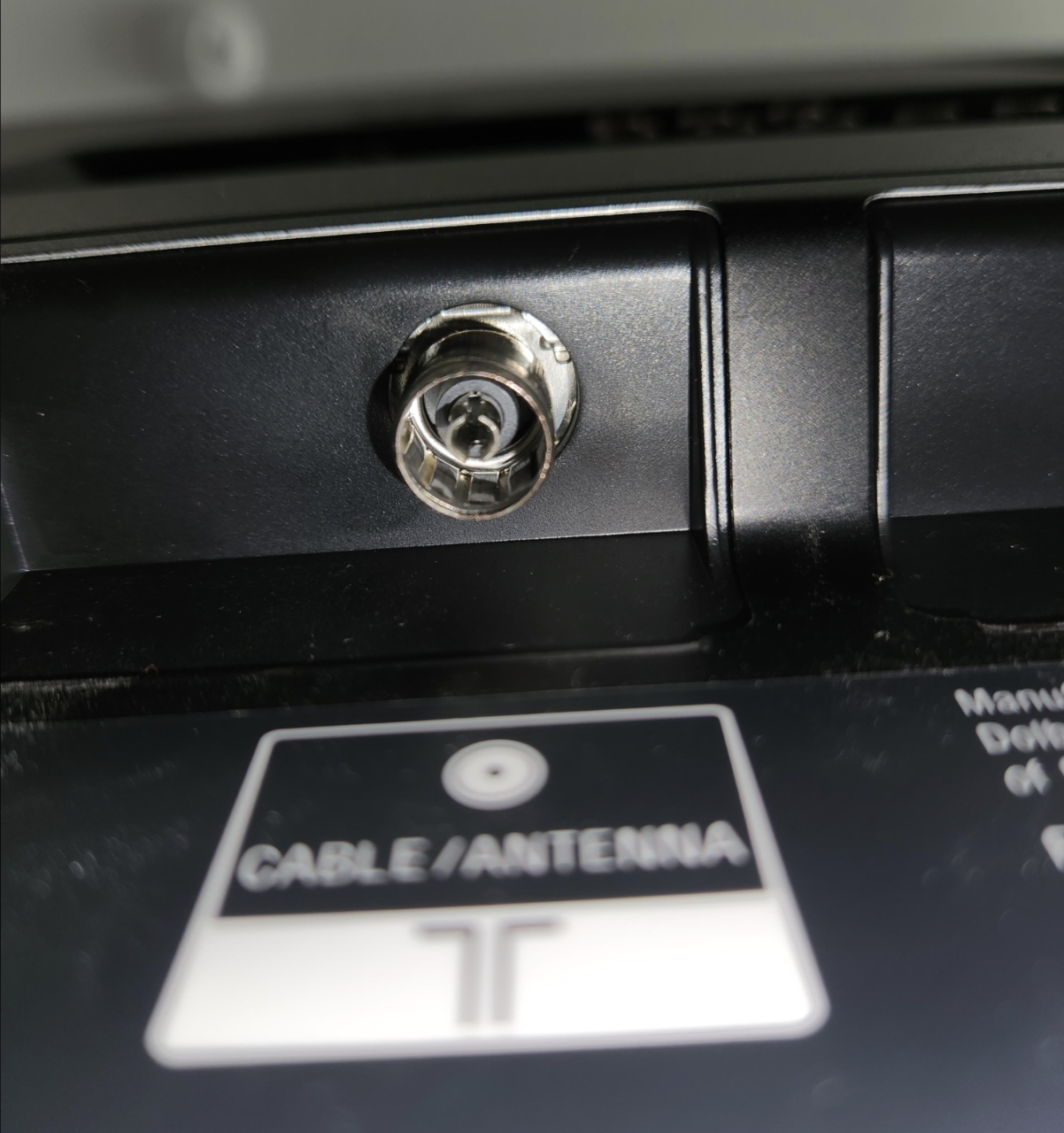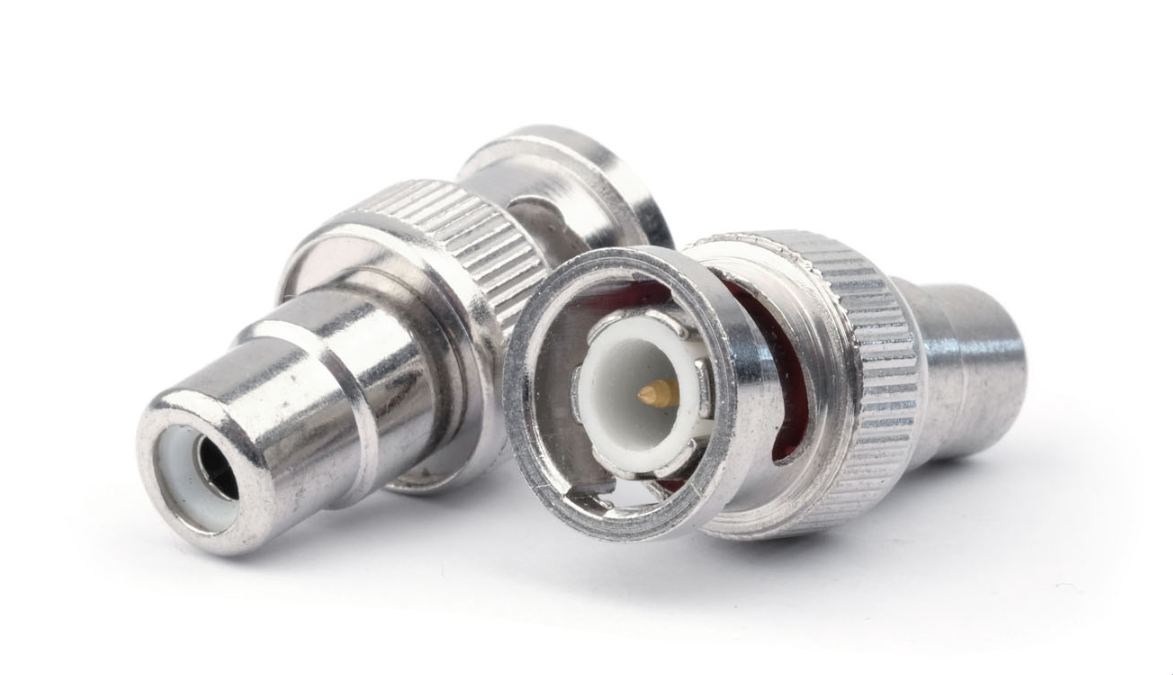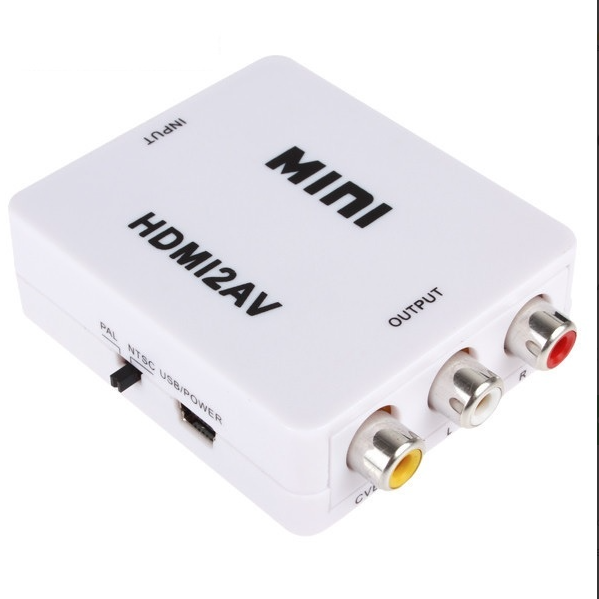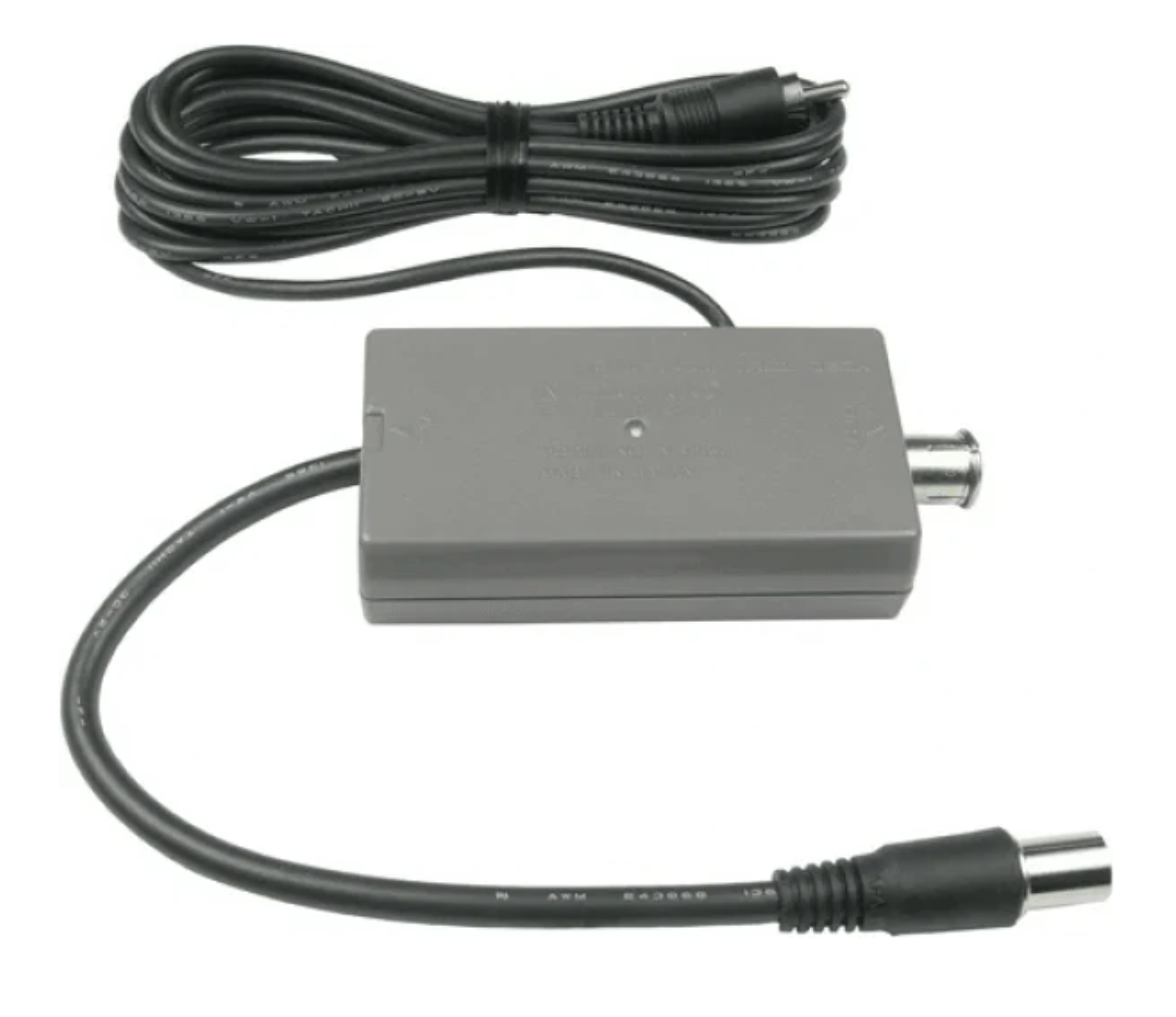Connecting a CRT display to a computer
Television
If you want to connect a computer with an old television or CRT monitor (for analogue video signals) then you will encounter different connectors, depending on the type of television. Here is a list of different inputs:
Most common television inputs
Scart
Scart (or Euroconnector) is an originally French standard for connecting audiovisual equipment. The standard was designed in France in 1978 and has been legally required since 1981 in all television and video equipment marketed in France.
https://en.wikipedia.org/wiki/SCART
S-video
Separate video or S-Video is a standard for transporting video signals, where the quality is improved compared to the normal video connection. This standard was introduced in Japan in 1987.
https://en.wikipedia.org/wiki/S-Video
Composite video
Composite video, colour, vision, blanking and synchronisation (CVBS) is the analogue signal used to encode a television picture. CVBS does not include sound, which must be transmitted separately. The connectors are mostly of the type RCA (a.k.a. Tulp)
https://en.wikipedia.org/wiki/Composite_video
Antenna and cable
Cable television is the popular name for a network that brings radio and television signals from a single point to the living room via a wired network. Traditionally, it was common to receive radio and television programs wirelessly (the so-called 'ether connection'), so that the use of a cable (quite normal for electricity and telephone) was a novelty.
https://en.wikipedia.org/wiki/Cable_television
BNC connector (not SDI)
A BNC connector (full name Bayonet-Neill-Concelman connector) is a widely used connector system in coaxial cable systems. The BNC connector is named after its two developers, Paul Neill and Carl Concelman. The BNC has a bayonet lock (rotation system) which requires a pin on the male side that attaches to the female side with the help of a spring. This prevents the two parts from coming loose. Despite its official name, the BNC connector has also been called the Baby N connector, British Navy connector and Bayonet Nut connector. The BNC connector is used for professional CRT monitors for hi quality viewing of footage.
Signal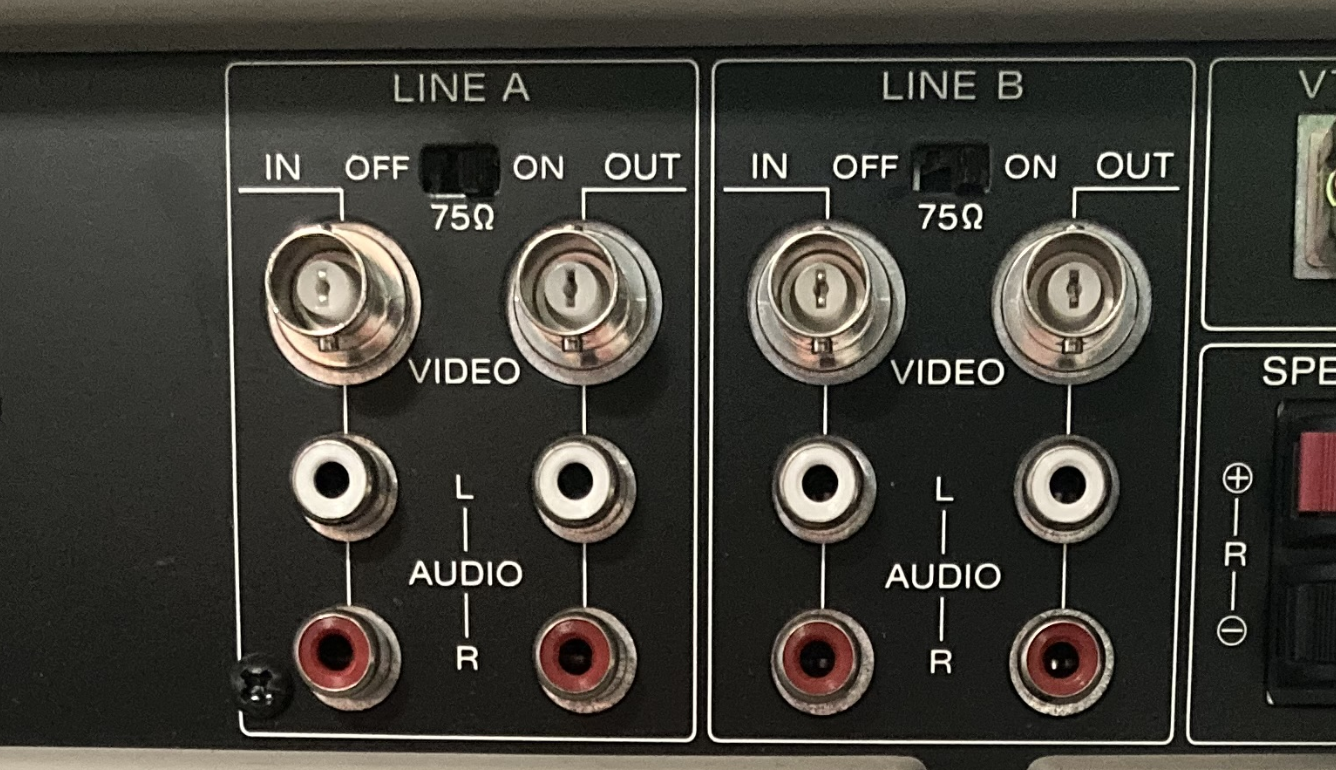
https://en.wikipedia.org/wiki/BNC_connector
Connector and signal converters
BNC to RCA (a.k.a. tulp) connector
With this BNC adapter you can easily make a BNC male connection to your RCA (Tulip) male plug.
HDMI to Tulip Composite AV Converter
With this converter you can connect a device with HDMI output to a TV with Composite AV input. Many older TVs with a picture tube, but also security monitors and the first generation of flatscreen TVs have this red-white-yellow Composite AV input, or have a Scart port that can easily be converted to a Composite AV input with an adapter.
RF-Switch
Here are different resources and tutorials to connect a computer to a television:

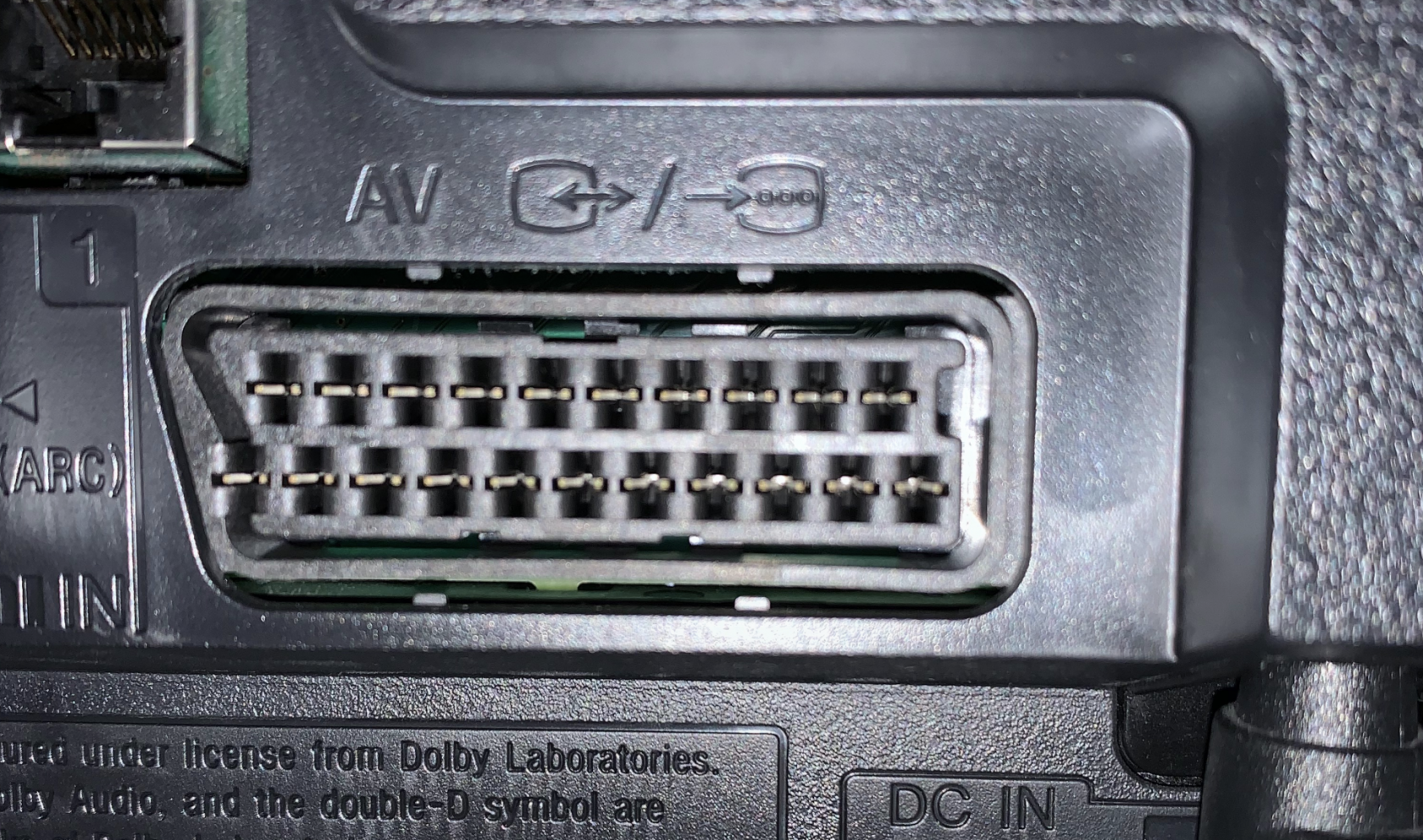 .
. 